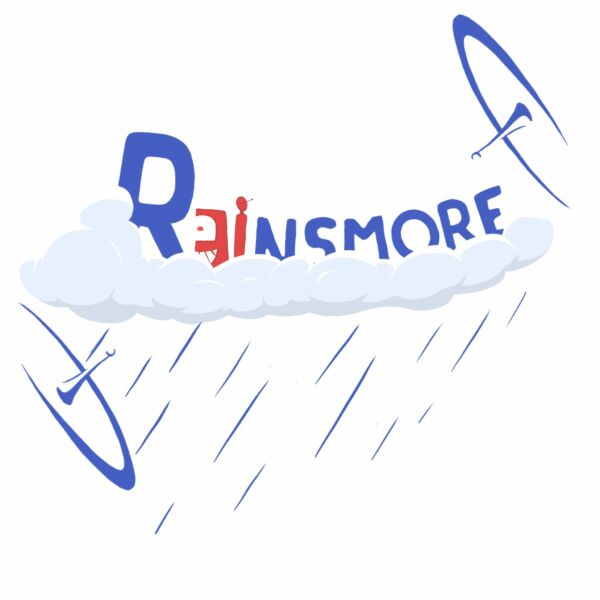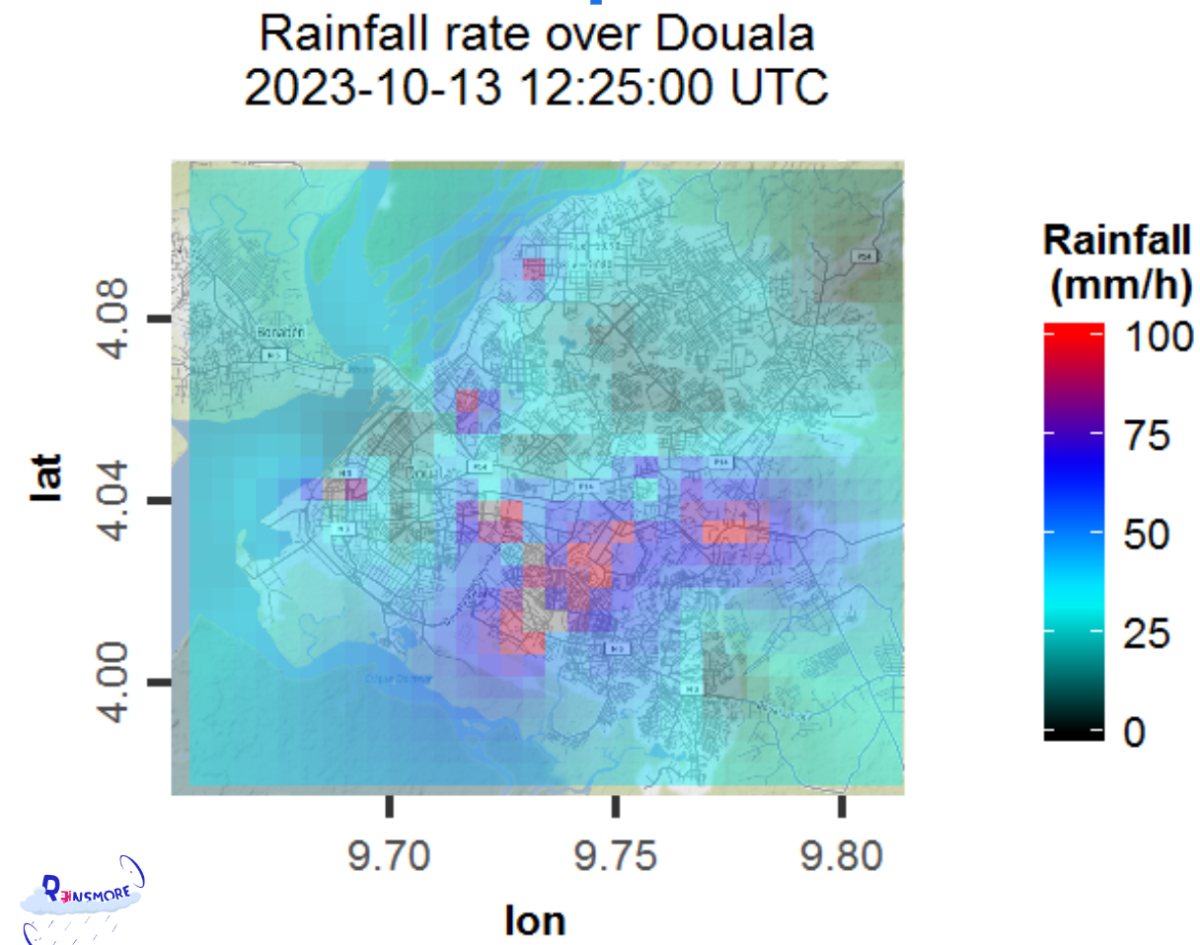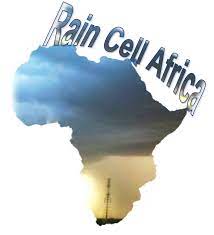Rain Cell: monitoring rainfall and flooding from the mobile phone network
The aim of RAINSMORE is to bring together experts in data science and hydrometeorological sciences to innovate together to improve the measurement and analysis of precipitation through the exploitation of opportunistic weather-sensitive data.


Overview of the project

In a changing climate, African countries have been increasingly exposed to torrential rain and its corollaries of flooding and landslides for several decades. However, traditional measurement networks appear inadequate (ageing networks, low densities) for developing mitigation solutions in the face of current weather and climate conditions and the high spatial and temporal variability of the rainfall involved.
At the same time, information and telecommunications networks are developing and becoming denser. Recent studies have shown that certain technical data passing through the telecommunications network, such as the signal level of mobile phone networks, are sensitive to weather conditions, hence the original idea of a new paradigm: recycling the data hidden in the telecommunications network into useful information using innovative techniques for monitoring climate risks.
The data from these networks is used to estimate rainfall, which, once known, can be used to develop mitigation solutions for hydrometeorological risks.
The data from these networks is used to estimate rainfall, which, once known, can be used to develop mitigation solutions for hydrometeorological risks.
In Douala, where a partnership between the Institut de Recherche pour le Développement (IRD) and the operator Orange Cameroun has been set up, transmitted and received power data are used to produce high-resolution rainfall maps in real time.
Monitor rainfall and flooding by exploiting disruptions observed on mobile telephone networks
Ongoing research
01/01/2022 - 31/12/2025
Previous quantitative evaluations of this new way of measuring rain, carried out in Niamey, Niger and Burkina Faso, have shown that
– Microwave links could detect up to 95% of rainfall events,
– Biases between estimated and measured rainfall intensities are of the order of 10%.
Estimates (rain maps) for the city of Douala are available at: http://raincell.sedoo.fr.
The evaluations carried out following the various assessments highlighted the following points:
– Mobile phone networks appear to be much denser than rain gauge networks, particularly in urban centres;
– Data from mobile phone networks are highly sensitive to rain;
– Microwave link networks are better at detecting rainfall, particularly at high intensities;
– We are working with the World Meteorological Organisation to extend the Rain Cell concept to other countries like Togo.
This initiative was made possible by 2 collaborative pilot projects: 'SMART' (Smart Monitoring of the Atmosphere and Rain using Telecommunication network) in Cameroon, financed by the United Nations Data4development fund, and the Rain Cell Africa Niger project, supported by the World Bank's Global Facility for Disaster Reduction and Recovery (GFDRR).
RAINSMORE is funded by IRD.
organisation
RAINSMORE, which stands for Raincell and Other Innovations, Satellites and Opportunistic Measurements from Telecommunication Networks, for Estimating and Spatialising Precipitation, is an International Research Network (IRN) funded by the Institut de Recherche pour le Développement (IRD). The aim of RAINSMORE is to bring together experts in data science and hydrometeorological sciences to innovate together to improve the measurement and analysis of precipitation through the exploitation of opportunistic weather-sensitive data. RAINSMORE operates through periodic seminars and annual workshops that enable its members to meet and review progress on their various research projects and new processing techniques.
This project was made possible thanks to the support of several partners, including mobile phone operators such as Orange Cameroon.


